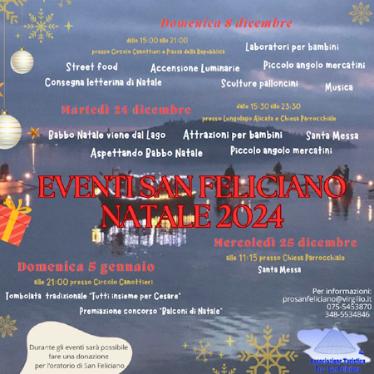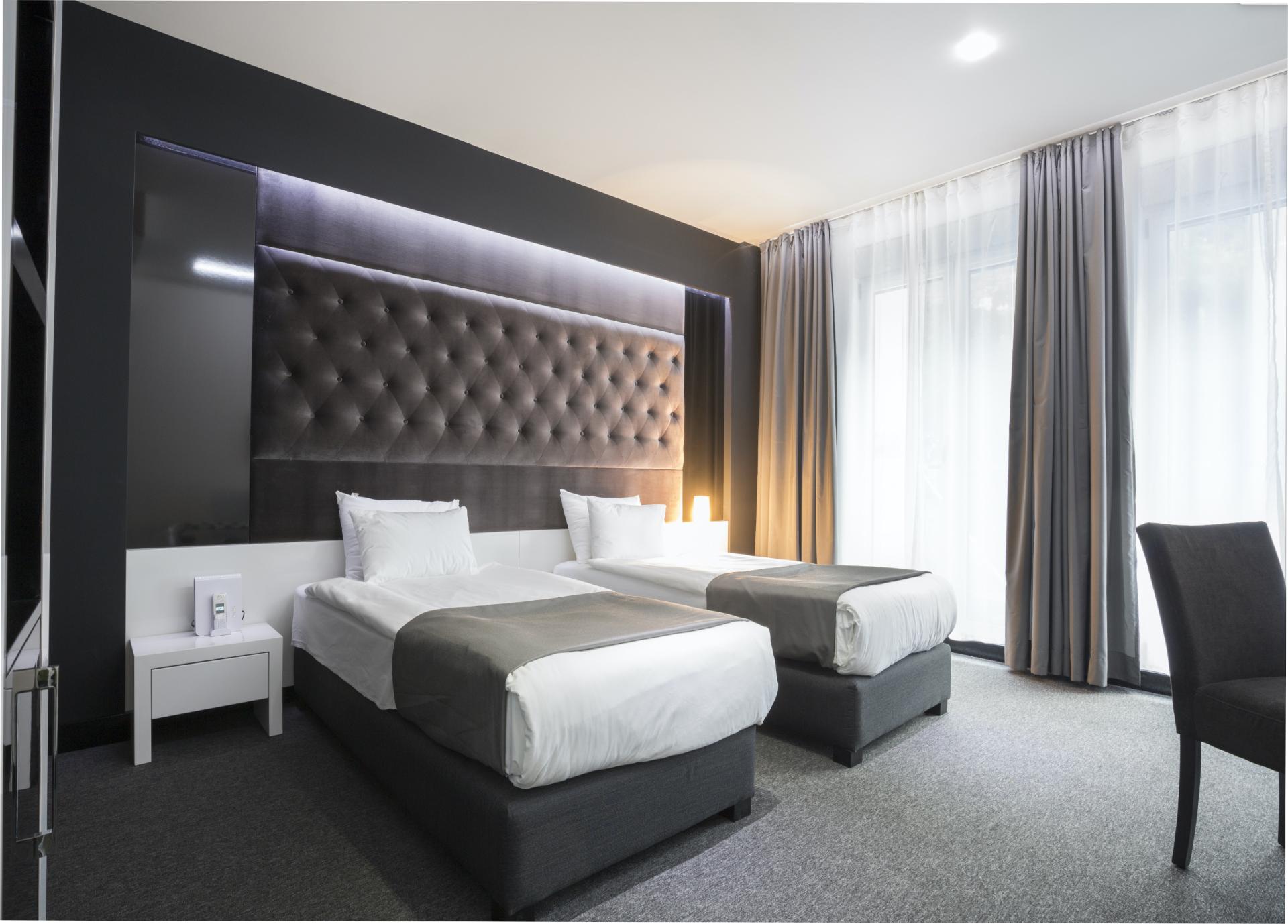Located on the eastern shore of Lake Trasimeno, the town of Magione doesn’t fit the typical image of an Umbrian town. It is not situated on high ground, it lacks the typical stone structures found in most regional centers, and it is missing a key and defining element: city walls. Nonetheless, Magione boasts very ancient origins, dating back to the Etruscan-Roman period. The absence of fortifying walls, along with its name, reveal its historical nature as a place of transit and market. The earliest known mentions of the town date back to the 10th century, highlighting its importance as a stopover for pilgrims traveling to and from Rome via Lake Trasimeno, Chiusi, and Loreto (the town is on the Lauretana route).
A glimpse into history
In the earliest known documents, Magione is referred to as Pian del Carpine, likely due to the abundance of hornbeam trees in the area, an image still featured in the town’s coat of arms today. To assist the numerous passing pilgrims, the Knights of the Order of Malta decided to found a “maison” in Pian del Carpine, a “magione” (mansion) for hospitality and lodging, which eventually lent its name to the entire settlement. Over time, this original “magione” was transformed into an abbey, and later, for security reasons, the Knights Hospitaller of Jerusalem, who succeeded the Knights of Malta in the 14th century, turned it into a true castle. The construction took on its current form in the 15th century, incorporating pre-existing structures. Magione soon fell under the control of the powerful Perugian commune, becoming an important outpost on the road to Tuscany and consequently suffering from looting and devastation. For this reason, the inhabitants of Magione were granted permission by Perugia to build a fortified village to protect the area: this led to the foundation of the nearby village of Montecolognola.
Conspiracies and geographical explorations
In September 1502, the famous Magione Conspiracy was plotted in the castle that gave the town its name: a plot against Duke Valentino, also known as Cesare Borgia, the illegitimate son of Pope Alexander VI, whose expansionist ambitions threatened the whole of central Italy. His own allies, including the most influential local lords, decided to betray him. The conspiracy was soon discovered, and Valentino avenged himself by having his enemies strangled in Senigallia. To commemorate the event, a theatrical reenactment is held every summer in the evocative setting of the castle where the plot took place.
Magione is also the birthplace of the Franciscan missionary Giovanni da Pian del Carpine. Although less famous than Marco Polo, he reached the court of the Great Khan in Mongolia in 1245, more than twenty years before the Venetian traveler. His precious work Historia Mongalorum (History of the Mongols) remains a vital testimony of his journey and exists in two editions.
In 2005, Magione was awarded the Bronze Medal for Civil Merit for an event that took place on June 8, 1944, in the rural hamlet of Montebuono, commemorated today by a monument on the site.
A stroll through the streets of Magione, among medieval castles and futurist frescoes
The town's most iconic building is the Castle of the Knights of Malta, one of the most beautiful in Umbria. The current structure was designed in the 15th century by Bolognese architect Fioravante Fioravanti. Of the pre-existing structures — a hospice for pilgrims and later an abbey — only the bell tower and remnants in the old abbey church, dedicated to St. John the Baptist, remain. Today, the castle is one of the seats of the Order of the Knights of Malta and serves as the center of a farm estate known for its excellent wine, reflecting the area’s ancient agricultural traditions.
Standing out from the settlement is the Lambardi tower, the symbol of the town. The tower dates back to the 13th century and is thought to have been named after the Lombardi family, who became its owners in the 17th century. Built by the Perugian commune to control the road between Perugia and Cortona, it was used in the 14th century by the Knights of Malta, who did not have a fortress at the time, to protect the town and the abbey. The abbey was connected to the fortification by a passageway. In the 19th century, Pope Gregory XIX converted the now-dilapidated tower into a women’s convent, which was short-lived. After a severe earthquake in 1846, it was abandoned and fell into ruin. The tower has since been restored several times and now hosts temporary exhibitions.
The Church of St. John the Baptist, built in 1571 on commission of the Grand Master of the Knights of Jerusalem, and expanded in 1836 by the Knights of Malta, features a majestic Baroque façade; in 1948 it was adorned by a cycle of frescoes by the futurist painter Gerardo Dottori. Also worth a visit are the Church of the Madonna delle Grazie (1209), which houses the Virgin Enthroned with Child (1371), a painting attributed to Andrea Di Giovanni da Orvieto, and the Palazzo Comunale (town hall), built in neo-Gothic style in the 19th century on pre-existing medieval buildings by Guglielmo Rossi; in the Sala del Consiglio (council hall), more frescoes by Gerardo Dottori can be admired, depicting The Presentation of Credentials to the Emperor of Mongols by Fra Giovanni da Pian del Carpine and, around the perimeter, the Thirteen Hamlets of the Municipality of Magione (1948/1949).
Around Magione, on the banks of the “silver mirror”
Near Magione, the ancient medieval village of Montecolognola is worth a visit, offering a magnificent view of Lake Trasimeno. The castle, as mentioned, was built in 1293 by the inhabitants of Pian del Carpine with the approval of the Perugian commune. It was a crucial outpost for the defense of the Perugian territory, often besieged, plundered, and set on fire over the centuries. The castle features elliptical walls with five bastions. Two gates on opposite ends of the main street divide the town into two symbolic areas: the eastern part was dedicated to political power, while the western part was reserved for religious authority. The castle church, dating back to the 14th century, is dedicated to St. Mary Annunciata and preserves traces of frescoes from the 14th to the 16th centuries and a beautiful majolica Annunciation, dated 1460. In the sacristy, to the right of the altar, there is a fresco cycle of the Life of St. Lucy, painted by Gerardo Dottori in 1949.
Also noteworthy is the Castle of Agello, which, standing at 411 meters above sea level with its polygonal tower, is visible from many vantage points (as the local joke goes: “Ugly Agello is visible from everywhere”). According to legend, it was the birthplace of the nymph Agilla, daughter of Faunus, whose tragic love story with Trasimeno, son of the god Tyrrhenus, helped give the lake its name. The fortress, however, dates back to Roman times and was likely built in 217 BC during the Battle of Lake Trasimeno against the Carthaginian general Hannibal. The castle's layout consists of four towers, surrounded by medieval walls.
On the southern shore of the lake, at the foot of the beautiful Marzolana forest, lies Sant'Arcangelo, made up of six distinct settlements, as was typical of nomadic-founded habitations. The village is named after the ancient Benedictine abbey that overlooks it, which was already in existence by 1014 and reached its peak in the 14th century before being abandoned due to malaria and plagues. Today it is privately owned. Sant'Arcangelo is also home to the Trasimeno Ichthyogenic Centre, which is dedicated to the reproduction and breeding of freshwater fish. Near the town, in the “La frusta” area, is the interesting Romanesque church of Santa Maria d'Ancaelle, featuring frescoes from the 13th and 14th centuries. At the far end of the village, the viewpoint of Posta di Braccio offers a splendid view of the lake.
San Feliciano is a typical fishing village. Since 1928, it has hosted the Lake Fishermen’s Cooperative, and it remains the most important fishing center on Lake Trasimeno today. In 220, Bishop Feliciano of Foligno stayed in this location, and after his martyrdom, the locals, honored by his presence, named their village after the saint. A relic of St. Feliciano is preserved in the parish church and is displayed every year on his feast day, January 24. In the 15th century, a castle was built in the village on the orders of the Perugian commune. However, in 1819, the entrance gate to the fortification was torn down to address a devastating flood of the lake, marking the beginning of its decline. San Feliciano is today a charming lakeside village and is home to the important San Feliciano Fishing Museum. Founded in 1974, it offers an interesting reconstruction of the traditional fishing practices of Lake Trasimeno and many other curiosities.
San Savino is another small village fortified by the Perugian commune in the 14th century, built on the remains of an ancient abbey dedicated to St. Savino, the bishop of Spoleto for whom it is named. Nearby are the 15th-century remains of Braccio's emissary, a drainage system constructed by condottiero Braccio Fortebraccio da Montone, ruler of Perugia from 1416 to 1424, to prevent frequent flooding. There, of great environmental interest, is the "La Valle" Nature Reserve, located within the Trasimeno Regional Park: it has a visitor centre, a Trasimeno documentation centre with naturalistic and scientific texts, a bird ringing station, a wooden footbridge and observatories for birdwatching.
The enchanting village of Monte del Lago, perched on a promontory overlooking Lake Trasimeno, between Torricella and San Feliciano, certainly deserves a separate visit. From the village, which fans out over the lake, you can enjoy magnificent views and beautiful sunsets. Here you can admire the church of S. Andrea, with remains of 14th-century frescoes, and the beautiful 19th-century buildings of Villa Pompilj and Villa Schnabl Rossi. Near Monte del Lago, the ruins of the mysterious Zocco Castle can be admired.




























